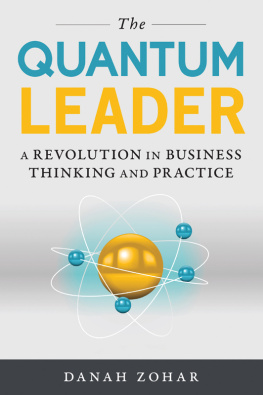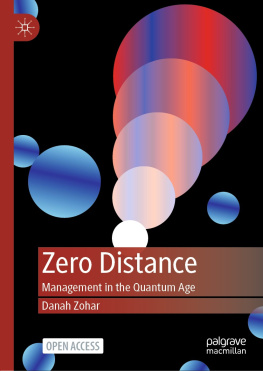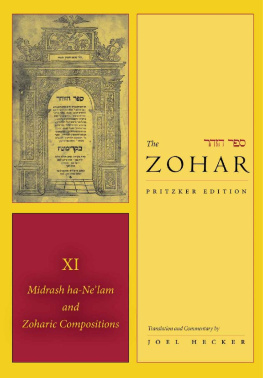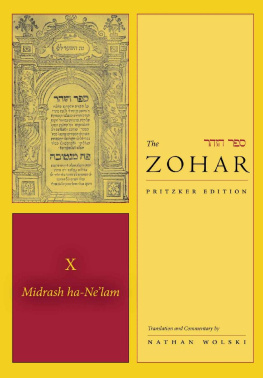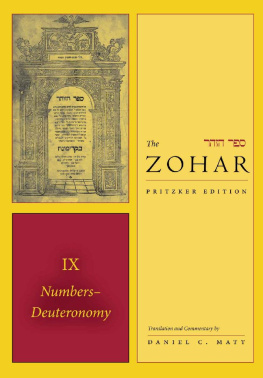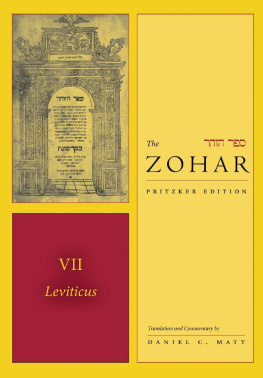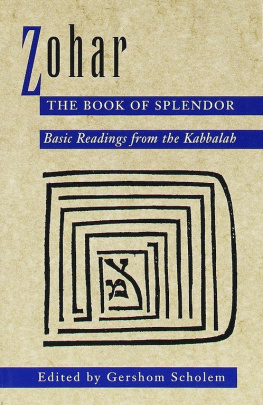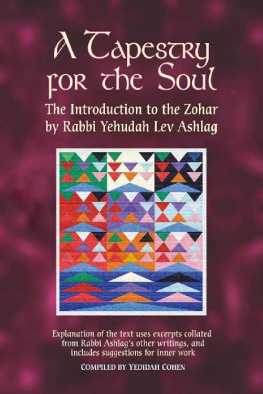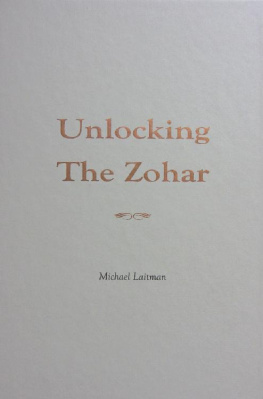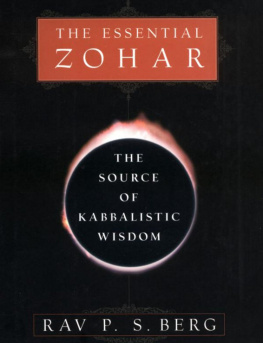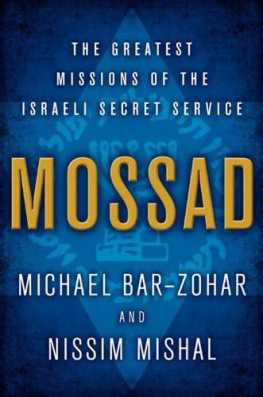Guide

Oded Yisraeli
Temple Portals
Studia Judaica

Forschungen zur Wissenschaft des Judentums
Begrndet von
Ernst Ludwig Ehrlich
Herausgegeben von
Gnter Stemberger, Charlotte Fonrobert
und Alexander Samely
Band 88

ISBN 978-3-11-043950-2
e-ISBN (PDF) 978-3-11-043255-8
e-ISBN (EPUB) 978-3-11-043276-3
ISSN 0585-5306
Library of Congress Cataloging-in-Publication Data
A CIP catalog record for this book has been applied for at the Library of Congress.
Bibliografische Information der Deutschen Nationalbibliothek
Die Deutsche Nationalbibliothek verzeichnet diese Publikation in der Deutschen
Nationalbibliografie; detaillierte bibliografische Daten sind im Internet
ber http://dnb.dnb.de abrufbar.
2016 Walter de Gruyter GmbH, Berlin/Boston
& Hebrew University Magnes Press, Jerusalem
Satz: Konrad Triltsch, Print und digitale Medien GmbH, Ochsenfurt
www.degruyter.com
Preface
A well-known zoharic parable depicts Torah-study as a love story between the Torah and those who study it, likening the Torah to a beautiful maiden imprisoned in a remote, concealed palace. Desiring to be seen by her lover who walks around and around it seeking his beloved, she makes a small opening through which he can glimpse her for a brief moment before she disappears once again. Having pondered this parable for many years, I have concluded that the palace represents the Zohar s self-image, through which it opens up its multifaceted features to those who immerse themselves in it. In this volumededicated to lovers of both the midrash and the Zohar I have endeavoured to examine the Zohar as a midrashic work, forming part of the long history of aggada and midrash reaching back to the ancient world.
Approaching the Zohar as midrash combines two of my primary fields of studythe broad and rich body of aggadic and midrashic literature and the Zohar with all its literary qualities and profound religious sensitivities. In the central chapters of this book, I have sought to open twelve windows on its midrashic world, the introduction addressing the conceptual and methodological elements that underpin it and the conclusion outlining some general characteristics and directions for future study.
The fruit of many years of labour, the material first saw the light of day in the Hebrew edition, published by Magnes in 2013. In this English version, I hope to make its insights available to the wider English-speaking world.
The final text also reflects the rewarding and thought-provoking input of a number of colleagues whom I wish to take this occasion to thank (and, of course, absolve from any responsibility for errors or mistakes, which remain my alone). First and foremost, my thanks go to Proprietor of the palace, who planted a love of studying in general and of aggada, midrash, and the Zohar in particular, in me, also providing me with the tools and environment in which I could engage in such research. Secondly, I wish to thank my faithful guides through corridors of the palacemy teachers Yehuda Liebes and Moshe Idel, who taught me to read the Zohar closely and sensitively with an open mind and intellectual boldness from many and diverse perspectives. A special thanks to Zeev Gries, who not only made me privy to his prodigious store of knowledge but also initiated, encouraged, and helped crystalise my thoughts. Special thanks also to Ronit Meroz and Daniel Matt for their generosity in sharing their yet-unpublished insights with me, giving me access to the most accurate and faithful renderings of the zoharic homilies available to date. I also wish to thank my colleagues in the Department of Jewish Thought at Ben-Gurion University for their community spirit, support, and collaboration, as well as to my students, many of whose ideas are to be found within these pages.
During the years in which I was engaged in writing this book, I made extensive use of the treasures of the Jewish National Library, Jerusalem, receiving greatly-appreciated assistance from its librarians and staff. In particular, I wish to thank the staff of the Scholem Collection, which became my home from home, and the staff of the Institute of Microfilmed Hebrew Manuscripts who were ready with help, guidance, and advice.
I wish to thank the director of Magnes Press, Hai Tzabar, for his initial assistance. The Walter de Gruyter Studia Judaica series staff encouraged me to translate the Hebrew edition into English, Sophie Wagenhofer, project editor of Theology & Religious Studies section, in particular contributing towards transforming the idea into reality. Particular thanks go to Liat Keren for her elegant translation.
The English edition was also made possible by the Harry Walsh, Q.C., Career Development Chair in Jewish Law and Morality, the Foundation of the Dean of Humanities and Social Sciences at the University of Ben-Gurion, as well as the Foundation the Universitys Rector. It also benefitted from the bequest fund of the late Zelig Slutzki. To all these I extend my deep gratitude.
I owe a deep debt of thanks to my beloved family, who have and still fill my life with the light and inspiration so necessary for a life of study and creativity. My thanks to my mother, Sarah Yisraeli, my wife Rivki, and my beloved children for their support, counsel, and help all along the way. In sorrow and yearning, I pay my respects to my late father, Chaim Yisraeli, a multifaceted bibliophile who championed the Hebrew version, encouraging me to publish it as soon as possible. Although he saw its bones taking on flesh, he died before it was published. May his memory be blessed.
I hope the volume will be of interest both to those in the field of midrash and aggada and those whose preoccupied with the Zohar , making a modest contribution to promoting the study of the latter from a perspective that to date has remained relatively neglected and spurring others to take up the labour and lend their shoulder to the task of opening up further windows in the palace through which we can glimpse the beloved of our hearts.
Oded Yisraeli
Ben-Gurion University of the Negev, February 2016
Chapter 1:
The Zohar as Midrash
First appearing in Spanish Catalonia at the end of the thirteenth century, the Zohar has become one of the most important and revered books in the Jewish canon. Forming one of the central pillars of kabbalistic thought, it has left a deep imprint on Jewish texts, customs, and halakhah, its extensive circulation witnessing to its acceptance across broad sectors of the Jewish world. Its various sections were first published during the second half of the sixteenth century, subsequently seeing dozens of further editions.
Contra the prevalent, traditional opinion that ascribes the Zohar to the second-century Sage R. Simeon bar Jochai, scholars and sages over the generations have demonstrated that its central sections were in fact penned at the end of the thirteenth and beginning of the fourteenth century. This was challenged by Yehuda Liebes in 1988 in an article in which, based on a close examination of parallels and comparison of the expositions belonging to the zoharic corpus with those cited in the works of contemporary Castilian mysticssuch as R. Joseph Gikatilla, R. Joseph of Shushan, R. David ben Judah Hehasid, and, of course, R. Moses de Leonhe argued that: The Zohar is the fruit of a whole group that together dealt with the Kabbalah on the basis of a common tradition and ancient texts (1988: 5). This broader perspective breaks the bounds of the Zohar s pages, admitting a far wider corpus into what we know as the zoharic literature.


